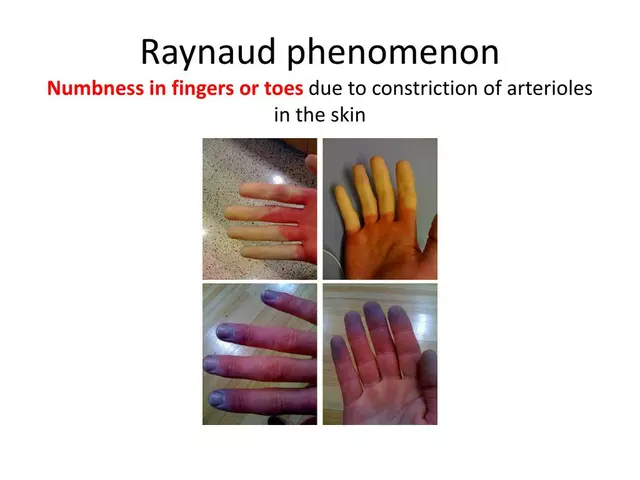Vertebral Fracture: Causes, Recovery, and What You Need to Know
When a vertebral fracture, a break in one or more bones of the spine. Also known as a spinal fracture, it can happen from a fall, car crash, or even a simple sneeze if your bones are weak. This isn’t just a backache—it’s a structural problem that affects how you stand, sit, and move. Many people think it only happens to athletes or after major trauma, but the truth is, osteoporosis is the silent driver behind most cases, especially in people over 50.
Not all vertebral fractures are the same. Some are compression fractures, where the front of the bone collapses. Others are burst fractures, which are more serious and can push bone fragments into the spinal canal. Then there are fracture-dislocations, where the spine shifts out of place. These differences matter because they change your treatment path. If your bone density is low, your doctor might check your osteoporosis, a condition where bones become porous and fragile with a DEXA scan. If the fracture damaged your spinal cord, the bundle of nerves running through your spine that controls movement and sensation, you might need imaging like an MRI to see if there’s pressure or swelling.
Recovery isn’t just about waiting for the bone to heal. It’s about rebuilding strength, preventing more fractures, and getting back to daily life without fear. Physical therapy helps retrain your posture and core muscles. Pain management isn’t one-size-fits-all—some people need short-term meds, others benefit from nerve blocks or minimally invasive procedures like vertebroplasty. And yes, you can prevent future fractures. Calcium and vitamin D aren’t just for older adults—they’re essential for anyone with a history of spine injury. Weight-bearing exercise, fall-proofing your home, and avoiding smoking are just as important as any pill.
The posts below cover real-world situations you might face: how to handle pain at home, what medications help (and which ones to avoid), how aging affects healing, and how other conditions like diabetes or arthritis can complicate recovery. You’ll find advice on managing side effects, spotting warning signs, and knowing when to push through discomfort versus when to stop. No fluff. No guesswork. Just what works.

- Nov 20, 2025
- Posted by Cillian Osterfield
Kyphoplasty vs Vertebroplasty: What You Need to Know About Vertebral Fracture Treatment
Kyphoplasty and vertebroplasty are minimally invasive procedures that relieve pain from vertebral fractures caused by osteoporosis. Learn how they work, their differences, costs, risks, and which one is right for you.
Categories
- Health and Wellness (57)
- Medications (40)
- Health and Medicine (22)
- Pharmacy Services (10)
- Mental Health (5)
- Health and Career (2)
- Medical Research (2)
- Business and Finance (2)
- Health Information (1)
Latest Posts
©2025 heydoctor.su. All rights reserved




